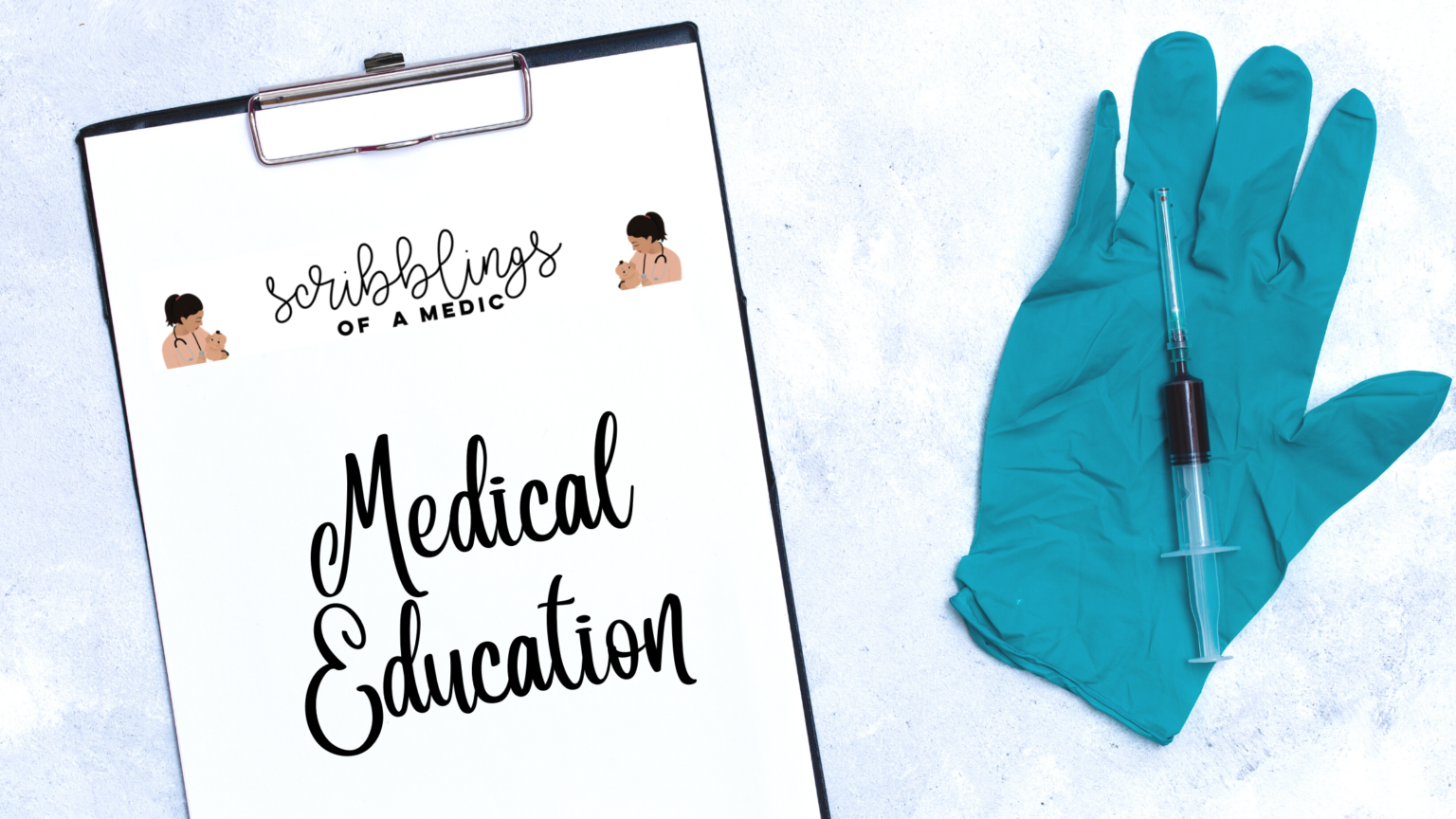Rectal bleeding, or haematochezia as it is medically known, is a very common presentation to a surgical clinic/ward. It can be a challenging presentation to figure out however as there are numerous differential diagnoses that need to be excluded. It isn’t a pretty sight, but can occur at any age. Most cases are benign, but if you get a patient over the age of 40 years it is important to exclude colorectal cancer.

Sri Lanka unfortunately does not have a screening system for colorectal cancer and the last Sri Lankan guideline on rectal bleeding I could find was in 2007. Due to this, I have incooperate management that is currently practiced in the Sri Lankan ward settings, as well as the latest guidelines from the United Kingdom (they have a screening programme).
So what happened?
A 62 year old man was admitted to the surgical ward via the OPD due to persistent fresh blood in his stools. The man had a previous experience 5 months ago when he noticed some fresh blood in the comode post-defaecation, however as the previous episode of bleeding lasted approximately only 2 days and as it was mild painless fresh blood (less than a teaspoon of blood with each motion), the patient did not seek any medical attention. As this episode had much heavier fresh bleeding than before and it stained his underwear, the patient had decided to seek medical attention. There was still no pain associated with the bleeding and no itching. The bleeding did not almost always was post defaecation and did not have any mucus associated.
The patient did not complain of a past history of constipation, weight loss, symptoms of anaemia (shortness of breath, new onset fatigue or dizziness), loss of appetite or back ache. The patient had no past history of altered bowel habits, tenesmus or any dyspeptic symptoms. The patient also had no family history of bowel disease or carcinoma and was not on any anti-coagulants.
So what did I do?
On examination, the patient had mild pallor, but was haemodynamically stable (blood pressure, pulse and respiration were all within normal limits). Cardiovascular and abdominal examination was unremarkable.

Common location of haemorrhoids – taken from “Management of Haemorrhoids” by Acheson AG (2008) BMJ
On rectal examination, a mild amount of fresh bleeding with a few clots was found. There were no tears/fissures or anal tags and there was no further profuse bleeding after gently removing the clots. Anal tone was normal, and the prostate size was normal. On gentle proctoscopy, purplish haemorrhoids were identified at the 3, 7 & 11 o’clock position.
Management
As prolonged/chronic bleeding can cause anaemia, it is vital to do a full blood count. Liver function tests and PT/INR will also be useful to check for any underlying bleeding disorder. As the patient was over the age of 40 years, it is important to do a flexible sigmoidoscopy and colonosocopy, as colorectal carcinoma may also be present and contribute to the bleeding.
As the haemorrhoids were not prolapsed or thrombosed, the patient received sclerotherapy (5% phenol) injections into the haemorrhoids (under view of a proctoscope). The sclerotherapy causes the haemorrhoid cushion to atrophy and the blood vessels fibrose. As this method is not ideal, the patient was also adviced about the chance of a haemorrhoidectomy if the haemorrhoids still are problematic (rubber band ligation was not practiced at my peripheral hospital).
Discussion
Haemorrhoids are classified as internal (above the dentate line) or external (below the dentate line) – remember that one patient can have both internal and external haemorrhoids. The dentate line is found 2cm above the anal verge. Internal haemorrhoids are classified as follows:
- 1st degree – no prolapse
- 2nd degree – prolapse on straining but spontaneously reduce
- 3rd degree – prolapse on straining but can be reduced manually
- 4th degree – prolapsed and cannot be reduced
External haemorrhoids lie below the dentate line and are visible on external examination.
It is very important to elicit the type (fresh/malaena/mixed) and amount of bleeding, and also if there is pain (can help narrow down the diagnosis). Haemorrhoids are mostly painless unless strangulated haemorrhoids have been thrombosis. As colorectal carcinoma must always be ruled out, you must ask for symptoms of carcinoma such as loss of weight and the other symptoms asked above. As colorectal carcinoma can have a genetic component it is important to ask for a family history of bowel pathologies (cancer/polyps). As with any bleeding presentation, it is important to find out if “we” caused it – a.k.a. prescribed drugs like aspirin and warfarin.
Risk factors for haemorrhoids include constipation/straining during defaecation and increased intra-abdominal pressure (pregnancy, chronic coughing and heavy lifting). Pregnancy associated haemorrhoids often resolve post-partum.
A colonoscopy gives direct visualization of the mucosal surface of the large intestines and allows tissue biopsy if a suspicious area is seen. Flexible sigmoidoscopy alone can be useful in younger patients with rectal bleeding. If suspecting carcinoma, all patients should be referred to a tertiary care centre ideally.
Haemorrhoidectomies are common in Sri Lanka, but it is a major surgery under general anaesthesia, and due to the risk of bleeding – remember to reserve atleast 1 pint of blood! If the haemorrhoids are prolapsed and cannot be manually replaced or thrombosed (yes, as the intern you have to try and replace it – not the nicest thing to do), there are conservative methods to try which include analgesia, ice packs and Sitz baths (ask the patient to sit in a basin of dissolved epsom salts).
Complications of haemorrhoids include thrombosis, bleeding and infection. Prevention of constipation is by increasing fluid and fiber intake. Also underlying chronic cough and constipation should be treated.
Conclusions
Screaming old uncles is a very common presentation of strangulated haemorrhoids and though they may be stubborn, make sure they sit in that salt bath. Sclethotheraoy use is very common in Sri Lanka so as an intern do try and get some experience doing this procedure. As always, email me if you have any queries or need any clarifications.





